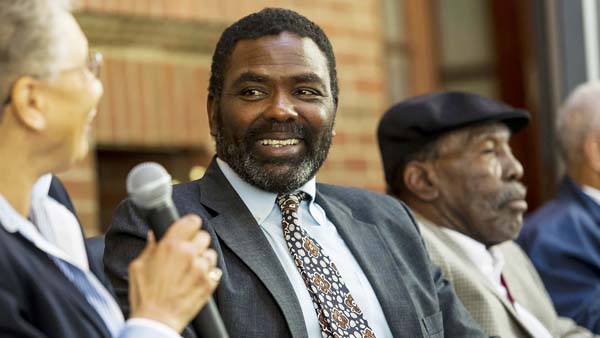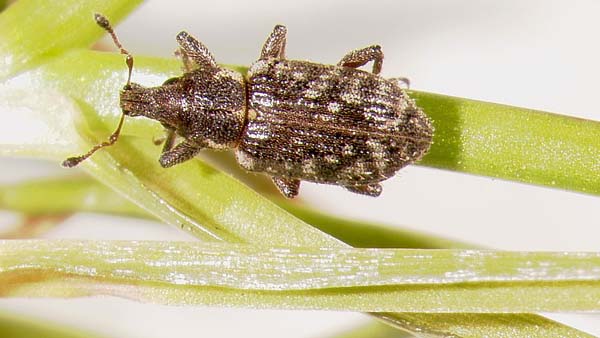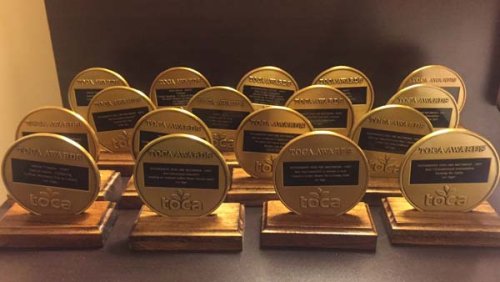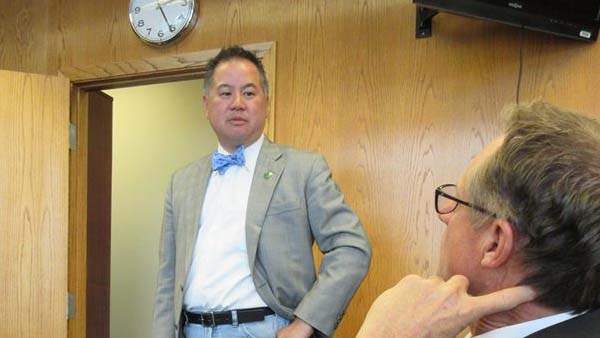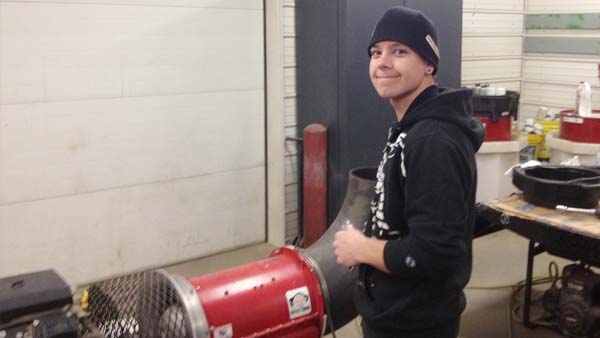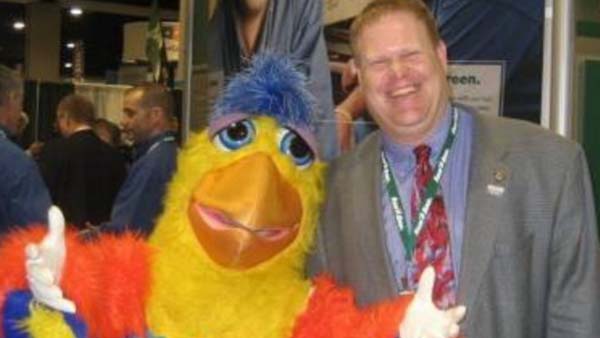

TurfNet's volunteer crew has a variety of experience. Nate McKinniss is a fourth-year turfgrass student at Ohio State University and is interning this summer at County Louth Golf Club near Drogeda. He is mowing a variety of areas and filling divots in the evening shift. Two Massachusetts-based technicians, Dana Chase of Glen Ellen Country Club and Pete Williams from Framingham Country Club, are helping resident technician Pat Freaney. TurfNet's Jon Kiger and Mike O'Keeffe, manager of The Ohio Program, an international exchange program at Ohio State that offers internships abroad for horticulture, agriculture and turf students, both are on bunker raking in the mornings and filling divots in the afternoons. O'Keeffe's bunker-raking handiwork is pictured on the front page. Outside volunteers were necessary for the event since many golf courses in Ireland due to economic conditions that still have many facilities operating with a reduced staff. The cool, damp winter and spring also have kept some potential volunteers at home to get their own courses ready for the golf season. Byrne is glad to get the help, even from so far away. "These volunteers were such a welcome addition to our team," Byrne said. "The guys integrated with the team to create a cohesive and dynamic force to deliver the tournament conditions for the event. They also brought a fresh impetus and passion to the team, which was much needed. It has been a very tough winter for the in-house guys and having the extra crew to support and work to deliver the event is a breathe of fresh air." To learn more about the Irish Open experience, visit the TurfNet on Tour blog, sponsored by OGT and Sandtrapper. -- Jon Kiger
- Read more...
- 1,957 views


